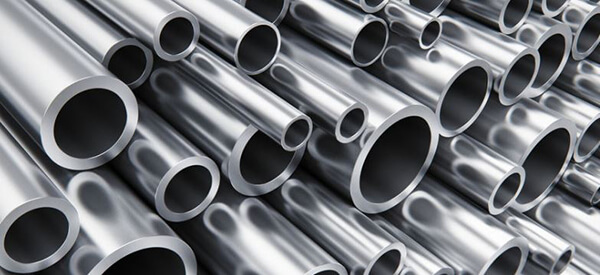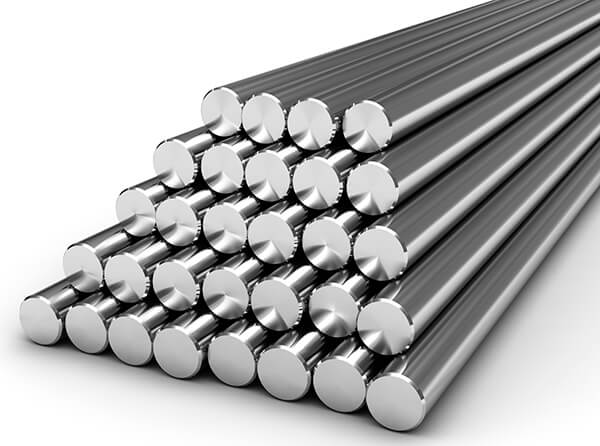
It’s not uncommon to wonder about the differences between different types of steel. It can be surgical steel vs. stainless steel In our industry, understanding the smallest, unique differences between different steel varieties is a significant issue. After all, choosing the simplest material for a given application is a crucial step in any project. In the case of metal materials, the characteristics of various steel types will show up once they are cut, bent, punch-pressed, and otherwise processed.
In today’s post, we’re taking an in-depth check out surgical steel vs. stainless steel. If you’ve ever wondered what’s different — and similar — about these steels, you’ve come to the proper place. Let’s take a ride
Contents
What is Stainless Steel?
Stainless steel is a steel alloy, mostly composed of iron and about 10% chromium. Small amounts of other metals like nickel, titanium, and copper can also be present. Additionally, carbon may be a common non-metal additive in stainless steel.
Stainless steel’s chromium content is essentially liable for increasing the alloy’s corrosion resistance — it prevents the iron from oxidizing. If there’s no oxidation, there’s no opportunity for rust to develop.
Of the four main variants of steel (stainless, carbon, tool, alloy), stainless steel is understood because the most corrosion-resistant. However, stainless steel isn’t completely immune to corrosion. Under certain conditions, like repeat exposure to highly concentrated salt water, even chrome steel will corrode.
It also features high heat resistance, making it suitable for the assembly of kitchen items. Stainless steel features a more attractive appearance than normal steel. Depending with their properties, chrome steel is additionally divided into sub-groups as follows;
- Duplex stainless steel
- Martensitic stainless steel
- Ferritic stainless steel
- Austenitic stainless steel
What is Surgical Steel?
As the name suggests, surgical steel means that it is closely related to biomedical applications. Surgical steel can be a type of stainless steel that is specifically used for surgeries.
Sometimes mentioned as surgical stainless, surgical steel has no formal definition of this steel metal. There are several different types of chrome steel available counting on the chemical composition.
Still, chrome steel varieties with the best levels of corrosion resistance are those designated for biomedical use.
Some commonly accepted types of surgical steel include austenitic 316 stainless and martensitic 440 and 420 stainless. Most surgical steel metals are composed of about 2-3% of molybdenum. This is often helpful in resistance to corrosion. Surgical steel can be used both in industries and in surgeries.
Austenitic is that the most weld-able chrome steel. It contributes to the most important portion of chrome steel within the steel market. Martensitic steel is another sort of chrome steel that has about 20% of chromium. It’d be helpful to consider surgical steel because they are the most corrosion-resistant sort of chrome steel.
Surgical Steel vs Stainless Steel: What is the Difference?
While surgical steel may be a sort of stainless steel, all stainless steels aren’t surgical steels. Surgical steels are those with the best amount of corrosion resistance and are designated for biomedical applications. In comparison to other steel types, chrome steel is usually the foremost expensive. Then, among stainless steel, surgical steel is that the costliest.
Applications
Because of material expense, stainless steels are different from other steels, like steel and gear steel. Most frequently, stainless steels are utilized in culinary applications. Cutlery, cookware, appliances, and kitchen fixtures made from chrome steel are very fashionable and attractive.
Stainless steel is additionally used for making various components in the automotive and aerospace industries. It is also used in some construction applications.
Surgical steel’s uses are relegated to biomedical applications. Surgical instruments like forceps, retractors, and needle holders are made up of surgical steel, but that’s not all. Surgical steel features a long history of use in orthopedic and implant devices.
Pros and Cons of Stainless Steel
Pros
- Stainless steel features a silvery finish that creates it appear more valuable. In short, it has more aesthetic value.
- Stainless steel is sort of affordable as compared to surgical steel.
- This metal is very durable. It can withstand daily wear and tear and thus making it an excellent companion for everyday use.
- It is resistant to corrosion and generally scratches because of the layer of chromium that prevents the iron from oxidizing.
- Cleaning stainless steel is super simple; all you would like is warm water and soap. Use a cloth to wash it gently. Once you are done, wipe it dry, and you’re good to go.
- Stainless steel doesn’t lose the natural shine, and thus no polishing is essential.
Cons
The hard nature of stainless steel makes it difficult to work on for some applications such as jewelry.
Some alloys of stainless steel such as nickel are known to be allergens.
Pros and Cons of Surgical Steel
Pros
- Surgical chrome steel is hypoallergenic, making it ideal for people with sensitive ears or skin generally.
- The metal alloy is corrosion, scratch, and tarnish-resistant, making it suitable for body use.
- It is suitable for biomedical applications because of its corrosion resistance and also high freezing point thanks to the molybdenum.
- Surgical chrome steel also doesn’t lose the natural shine, so you don’t have to polish it.
Cons
It is costlier than stainless steel.
There are some grades of surgical chrome steel that contain nickel hence not ideal for all users.
Surgical Steel vs Stainless Steel: Which Steel Should I Choose?
As I have discussed throughout this post, understanding the differences between surgical steel vs. stainless steel may be a key component of choosing the most straightforward material for your upcoming project. I hope the knowledge have provided was helpful to you.
If you would like more information on stainless steel, contact us at Roche Industry. We will assist you in choosing the proper steel for your application.
Rocheindustry specializes in high quality rapid prototyping, rapid low-volume manufacturing and high-volume production. The services of rapid prototype we providing are professional Engineering, CNC Machining including CNC Milling and Turning, Sheet Metal Fabrication or Sheet Metal Prototyping, Die casting, metal stamping, Vacuum Casting, 3D printing, SLA, Plastic and Aluminum Extrusion Prototyping, Rapid Tooling, Rapid Injection Moulding, Surface Treatment finish services and other rapid prototyping China services please contact us now.



